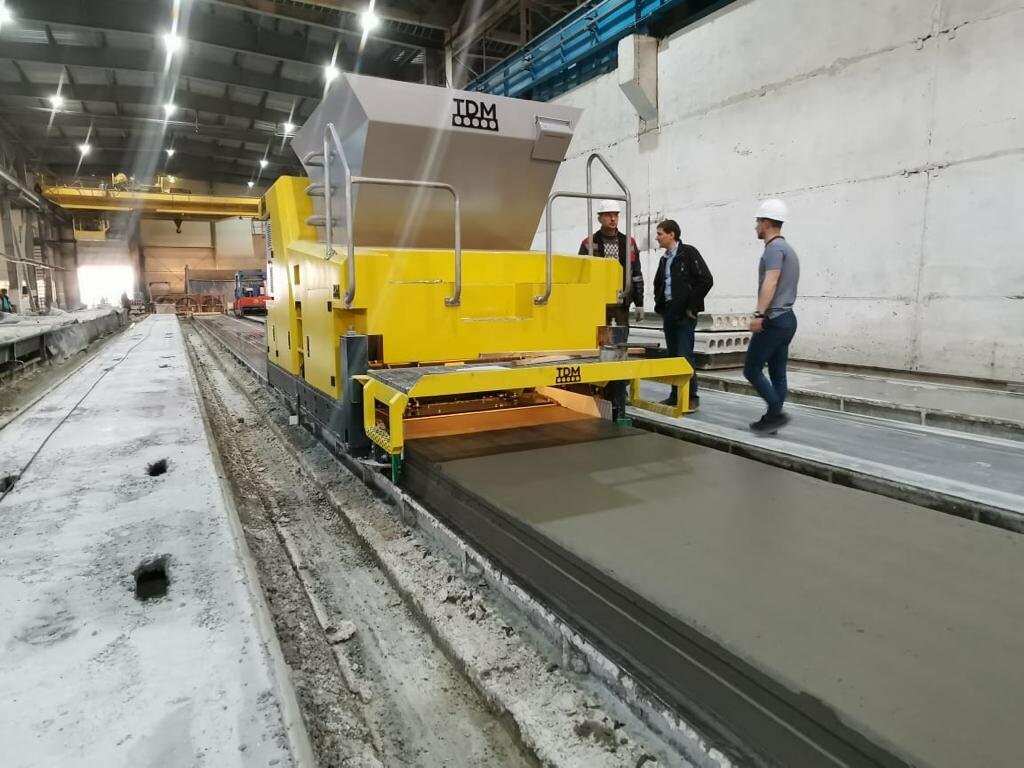One of the most important steps in the construction of buildings and structures is the set up of hollow core slabs between floors. Hollow core slabs play a key role in ensuring the strength and reliability of the building. However, the process of making hollow core slabs can be labor intensive and costly. In this article, we will discuss the extruder-assisted no-shoulder floor slab molding method and its advantages.
Extruder molding of hollow core slabs: Basics and Principles
Extruder hollow core slabs forming is the process of producing of hollow core slabs using specialized equipment and process. An extruder is a machine that can extrude concrete mix into the shape of slabs. This method allows for the production of hollow core slabs without the need for traditional wood or metal formwork.
The process of extruder molding of hollow core slabs includes the following steps:
Preparation of concrete mix: First, a concrete mix is prepared which consists of cement, sand, crushed stone and water. This mixture should have the right ratio to provide the required strength to the slabs.
1. Feeding the mixture into the extruder: The ready-mix concrete is fed into the extruder where it is subjected to high pressure and formed according to the specified size and shape of the hollow core slabs.
2. Slab Curing: After molding, the hollow core slabs undergo the curing process.
3. Curing and strengthening: The Hollow coreslabs are left to cure under special conditions to ensure that they have the required strength.

Advantages of extrusion molding of hollow core slabs:
1. Time saving: One of the main advantages of the extruder method is its speed. Hollow core slabs can be produced much faster than with traditional formwork. This is especially important in the case of multi-storey buildings where every day counts.
2. Cost reduction: The extruder method minimizes material and labor costs. There is no need to constantly create, dismantle and carry formwork, which reduces resource and labor costs.
3. Productivity and homogeneity: Extruders ensure a high degree of homogeneity of the hollow core slabs. This ensures that each slab has the same dimensions and strength, which is important for the safety and reliability of the building.
4. Eco-efficiency: Less use of wood and other formwork materials reduces the negative impact on the environment. In addition, the extruder method allows for better control of waste and minimizes material wastage.
5. Improved quality: Extruder-forming technology results in high-density and high-strength concrete, which ensures a long service life and reduces the need for regular repairs.
Mold-less extruder molding of hollow core slabs is an innovative method that brings significant benefits to the construction industry. It reduces costs, shortens project timescales, promotes environmental friendliness and ensures high quality products. This method certainly deserves attention and can be a key element in improving construction processes.

